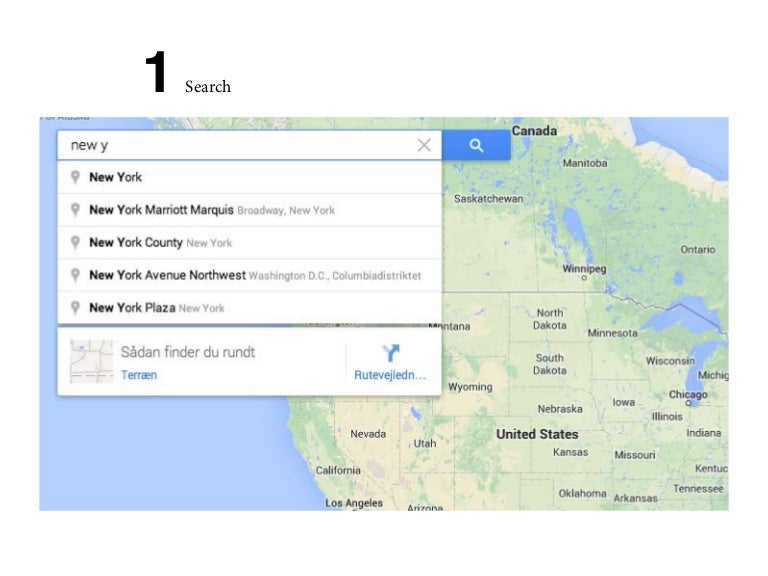
#EMBED GOOGLE MAP IFRAME CODE#
If you need more granular control over the display of your Google Maps, read my post on Adding Custom Styles To Google Maps. Create your personal Google Map and embed iFrame code on website In our demo, set your unique map with locations and markers. These are simple things we can do, without digging into the Google Maps API to improve user experience. Control the map's size with the iframe's height and. It has a smooth moving, easy to use interface that is regularly updated with new features. Adding the URL into an iframe To use the Maps Embed API on your web page, set the URL you've built as the value of an iframe's src attribute. You will have to add custom CSS to style the form and button to match the specific website. Embed Google Map Embed Google Maps to your Website with a Google Map Iframe Google Maps is the most popular online mapping service with interactive zooming and panning, directions, location details, satellite views, and 360 degree street level panoramas.

Users will know the map and the form are connected because they are close to one another. This produces a single field form that gives the user directions to the destination business location. The second simple thing we can do to make it easier for users to find a location is add a form for them get directions via Google Maps. If the user clicks through, they will go to a Google Maps screen where the destination address is already filled in. If we change that to daddr (for destination address), a green marker labeled “B” will appear on the embed. The q part of this string is the query of the location that Google Maps has to find. The normal iframe looks something like this: (spaces added so you can see what’s going on). Here are some very simple hacks to fix that.

The default Google Maps iframe embed does not come with a map marker. There are also several things you can do if you dig into the API, but the fixes this article covers are fairly painless to carry out. This will make the maps responsive, and means they will adapt to various screen sizes and other different devices.Website Facebook Twitter LinkedIn Instagram YouTubeĮmbedding Google Maps into a page is fairly easy, but there are little things you can do to improve the appearance and usability. Padding-bottom: 75% // This is the aspect ratio

You can freely change the value of the aspect ratio with changing line #4 (padding-bottom). This is an example of the responsive Google Maps CSS code. Here are the quick steps: Find and copy the iframe embed code from Google Maps Login to the CMS website to where you will add the map Create a source. This includes adding a couple of rules to your CSS code and wrapping the IFRAME inside the rules. To make the maps responsive, you will have to change a few codes of your CSS design. Enter the desired location where we want to add the tag in our case it will be Pozna. It is specified so within the embedded code. Click the Try button and create a new map. Responsive Google Maps are important for your site.Īt the moment, the default size of the embedded maps is 450px, which is 75% of the default width at 600px. This is desirable to enable a better user experience and show the map from wherever it is viewed, and from whichever device. I was embedding some Google maps and was having trouble setting the initial. You have your maps and you can now make them responsive. If the maps are not visible, check twice if you made any mistakes with the code. Now you should see the map on your page or site however the process is not yet complete, as we also need to make it responsive.
#EMBED GOOGLE MAP IFRAME HOW TO#
How to Add a Responsive Google Maps Widget to Your Site With Code Embed the MapĬlick on Save Draft, then Update, and Publish whenever you are ready.

For an index of all the possible parameters for the Maps Embed API request, see the Embedding a map guide: Go to Embedding a map. Start developing with the Maps Embed API by setting up your Google Cloud project: Set up in Cloud Console.
#EMBED GOOGLE MAP IFRAME GENERATOR#
Responsive Google Maps are no different, and in many cases, they can be a vital part of a website. Use an automatic iframe generator to embed a map into your webpage: Go to Quickstart. It is crucial for the website to do so in order to prevent various site versions and different design phases. The website needs to adapt to the user’s changes. Your site should automatically adapt to the changes in the device, so the site should work if you try to access it from your phone and then go to your iPad or computer. However, the website actually needs to adapt to these various settings and resolutions utilizing the CSS design and the concept of flexible grids and layouts. If something is called responsive, we expect a complete performance based on user’s behavior and an environment that will work regardless of the screen size, platform, or device type.Ī responsive widget works with the same, high standard of quality, whether it’s accessed by your phone, laptop, or computer. Google Maps are very familiar, but the term responsive is largely unknown, and it is important to know what it means.


 0 kommentar(er)
0 kommentar(er)
